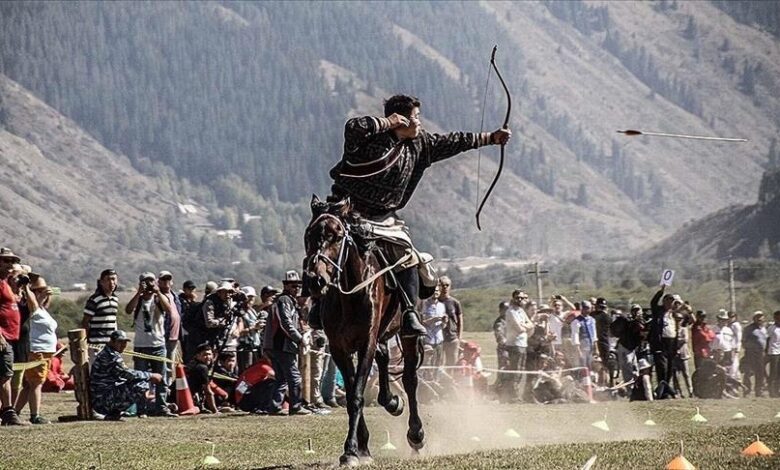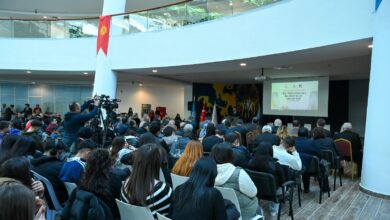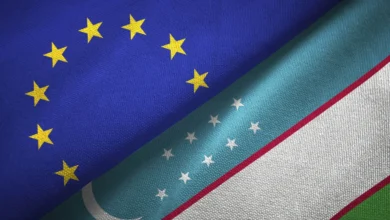Cultural Heritage of Central Asia Discussed Ahead of World Nomad Games in Bishkek
In anticipation of the 5th World Nomad Games set to take place in Astana, a round table was organized by the Embassy of Kazakhstan in Kyrgyzstan to discuss the cultural heritage and preservation of traditions in Central Asia. The event, held in Bishkek, focused on how the World Nomad Games contribute to the promotion of Central Asian heritage.

The round table brought together Kazakh diplomats, including project leader of the World Nomad Games, Askhat Akibaev, officials from Kyrgyzstan’s Ministry of Culture, public figures, athletes, and representatives from the tourism and media sectors.
Kazakhstan’s Counselor to Kyrgyzstan, Gulmira Sultanali, emphasized the significance of the upcoming Games for Kazakhstan, noting the international scale of the event. Scheduled from September 8-13 under the motto “Great Steppe,” the Games are expected to attract more than 2,800 athletes and delegations from 89 countries. Sultanali highlighted the Games’ importance in fostering the development of ethno-sports and promoting tourism across Central Asia.
As part of the event, the Games will also feature a Museum of Nomadic Civilization, craft exhibitions, and an international conference on nomadism. The cultural and historical significance of nomads will be a major focus during the Games, highlighting their lasting impact on human civilization.
Askhat Akibaev shared insights into the history of the Games, recognizing Kyrgyzstan’s contribution to their global recognition. He praised Kyrgyzstan for establishing the World Nomad Games as an internationally recognized event and expressed confidence that Kazakhstan’s efforts will add even more value to the Games.
Kyrgyzstan will send a delegation of 282 people, including 180 athletes, to participate in the Games. Kyrgyz athletes are set to compete in various sports, including national games like kok-boru and kokpar.
The event underscored the Games’ role in fostering cultural exchange, strengthening regional ties, and highlighting the shared heritage of the nomadic peoples of Central Asia.



